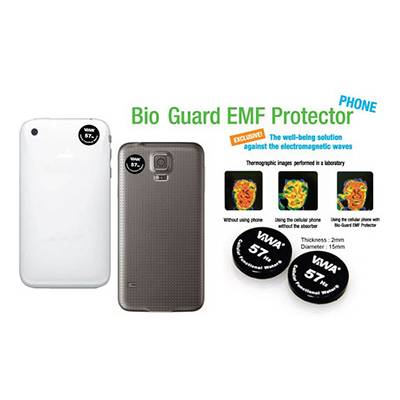This article focuses on the subject of 5G radiation, which is a non-ionizing type of electromagnetic radiation. Because 5G radiation is tiny, it doesn't possess the capability of breaking the chemical bonds of biological tissues or cause any modifications to cells. It is not known if 5G radiation affects the risk of developing skin cancer. No evidence has been discovered to suggest it may cause any other diseases.
5g radiation effect -frequency millimeter radiation
High-frequency millimeter-wave radiation from mobile phones and wireless networks can cause adverse health effects for human beings. There are a few different ways that this radiation can cause harm. In some instances, the radiation can cause damage to someone's DNA. In other cases the radiation may cause harm to other areas of the body, including the brain.
Recent research has shown that 5G technology could induce tissue heating. This is why researchers from the International Council on Non-Ionizing Radiation Protection (ICNIRP) has asked for a review of the existing standards for biological and thermal safety. The current exposure standards are not adequate to protect individuals from extreme heat in the event of exposure to pulsed millimeter wave radiation.
Skin cancer risk
There is no definite answer at present to the question of whether 5G radiation causes skin cancer. It is however thought that 5G RF-EMFs behave like high-LET ionizing radiations. In 5g radiation effect , they can produce large amounts of free radicals that can be found in the skin. The FCC hasn't issued any specific guidelines regarding the dangers of 5G technology. Consequently, the debate on the subject continues.
While there are plenty of studies regarding the impact of radio waves that are higher frequency on human health, they have been largely limited in scope. However, there is concern over the effects of millimeter-wavelength exposure on oxidative stress and gene expression. These effects may extend to the skin and various organs, including the brain.
Influence on other diseases
An innovative new technology in wireless, 5G, is rapidly growing in popularity However, researchers are warning about the potential health risks it could pose. 5G will dramatically increase the quantity of electromagnetic radiation that is found within our environment. This is a concern that has led to debates in a variety of nations including Switzerland. In September 2017, 390 scientists and doctors were in favor of an end to 5G deployment. The motion was not taken seriously by the European Commission, which is in charge of regulating the use of 5G technology.
In the end, there is a need for more research to study the health implications of 5G. However, studies have shown that 5G does not cause the same negative effects on humans as old mobile networks. Additionally, it does not transmit an entirely new strain of coronavirus. Furthermore, it does not make people more susceptible to viral infections.

Exposure measurement

The measurement of exposure to radiation from 5G is an important aspect in ensuring the safety of 5G networks. There are two ways to determine exposure. One involves measuring RF power absorption by human tissue. The other involves measuring the quantity of radiofrequency energy released through an object. The term "radiofrequency energy" (RF) can be described as an energy source that comes from radio transmitters.
The United States, the FCC has imposed a restriction on the energy density of 5G mobile devices. These tests can only test the power density of the distance of a few inches, and the FCC does not have to measure each beam. However the power density of each beam can be determined by computer simulation. The most likely scenario is then selected based on the beam's configuration. each beam.
Limitations of the study
There's been a lot of discussion over whether the effects of 5G radiation are detrimental to the health of humans. 5g radiation poison symptoms , for instance has issued an assessment that concludes that the technology has no negative health consequences in the short term however, there aren't any studies that show long-term negative effects. But, the report has several issues and bias in reports.
The strength and frequency of the radio waves that carry energy will depend on the frequency. The energy carried by a millimetre-wave will be the same as that of current radio waves, but they are much smaller in size and ideal for high-density settings because they cannot be obscured by walls or glass. High-density urban areas would require many tiny, low-power sites and suburban areas will benefit from 5G stations that operate at lower frequency.
